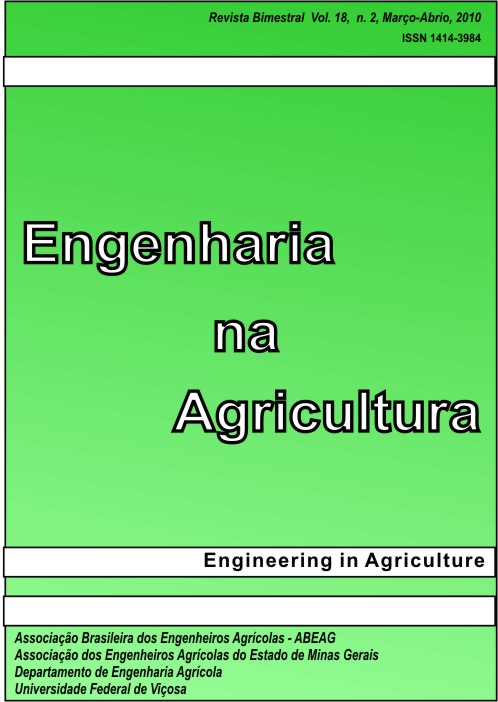AVALIAÇÃO DO DESEMPENHO DE UMA PLANTADORA DE BATATA ADAPTADA PARA TRABALHAR EM SISTEMAS DE PLANTIO DIRETO E CULTIVO MÍNIMO
DOI:
https://doi.org/10.13083/reveng.v18i2.167Keywords:
soil tillage, consumption of fuel, agricultural mechanizationAbstract
Potato is one of the most important vegetable crops in Brazil. It is cultivated in a traditional way, where the soil is prepared conventionally through plowing and harrowing, differing in number and sequence. Excessive soil plowing is a common practice among Brazilian potato growers due to the belief that higher soil fragmentation results in better crop development. Alternative techniques, such as no-tillage or minimum tillage, have made good progress for cereal cultivation in Brazil, but have a negligible impact on potato cultivation. This study was done to modify a commercial potato seeder to operate in soils that have not been plowed (no-tillage) or minimally plowed (minimum tillage) and evaluate its performance in conventional, minimum and no-tillage systems. The experiment was laid down in randomized block design, with treatments consisting of three tillage systems (no-tillage, minimum, and conventional tillage) with four replications. The results showed that the potato planted in no-tillage soil saved up to 35 L ha-1 of diesel. The soil prepared with rotary hoe for the subsequent potato planting allowed the potato plants to emerge more rapidly.Downloads
Downloads
Published
How to Cite
Issue
Section
License
Authors who publish with this journal agree to the following terms:
The author(s) authorize(s) the publication of the text in the journal;
The author(s) ensure(s) that the contribution is original and unpublished and that it is not in the process of evaluation by another journal;
The journal is not responsible for the views, ideas and concepts presented in articles, and these are the sole responsibility of the author(s);
The publishers reserve the right to make textual adjustments and adapt texts to meet with publication standards.
From submission, the author is fully conceding the paper's patrimonial rights to the publication, but retaining the owner of its moral rights (authorship and paper's identification) according to Creative Commons Attribution-Noncommercial.








 Licensed by
Licensed by 